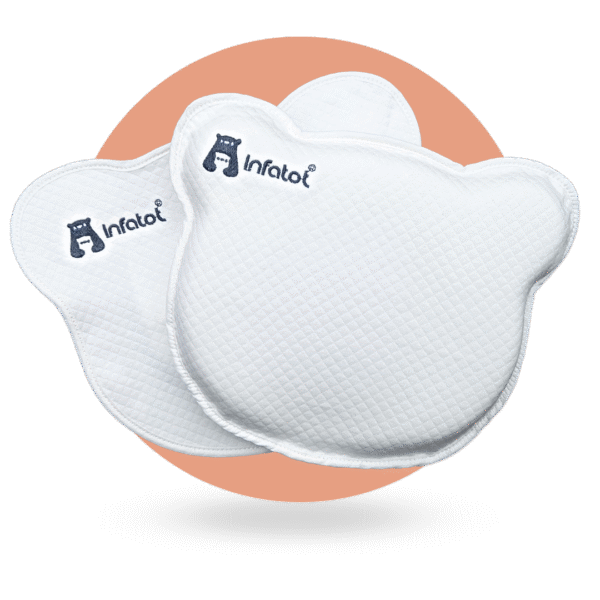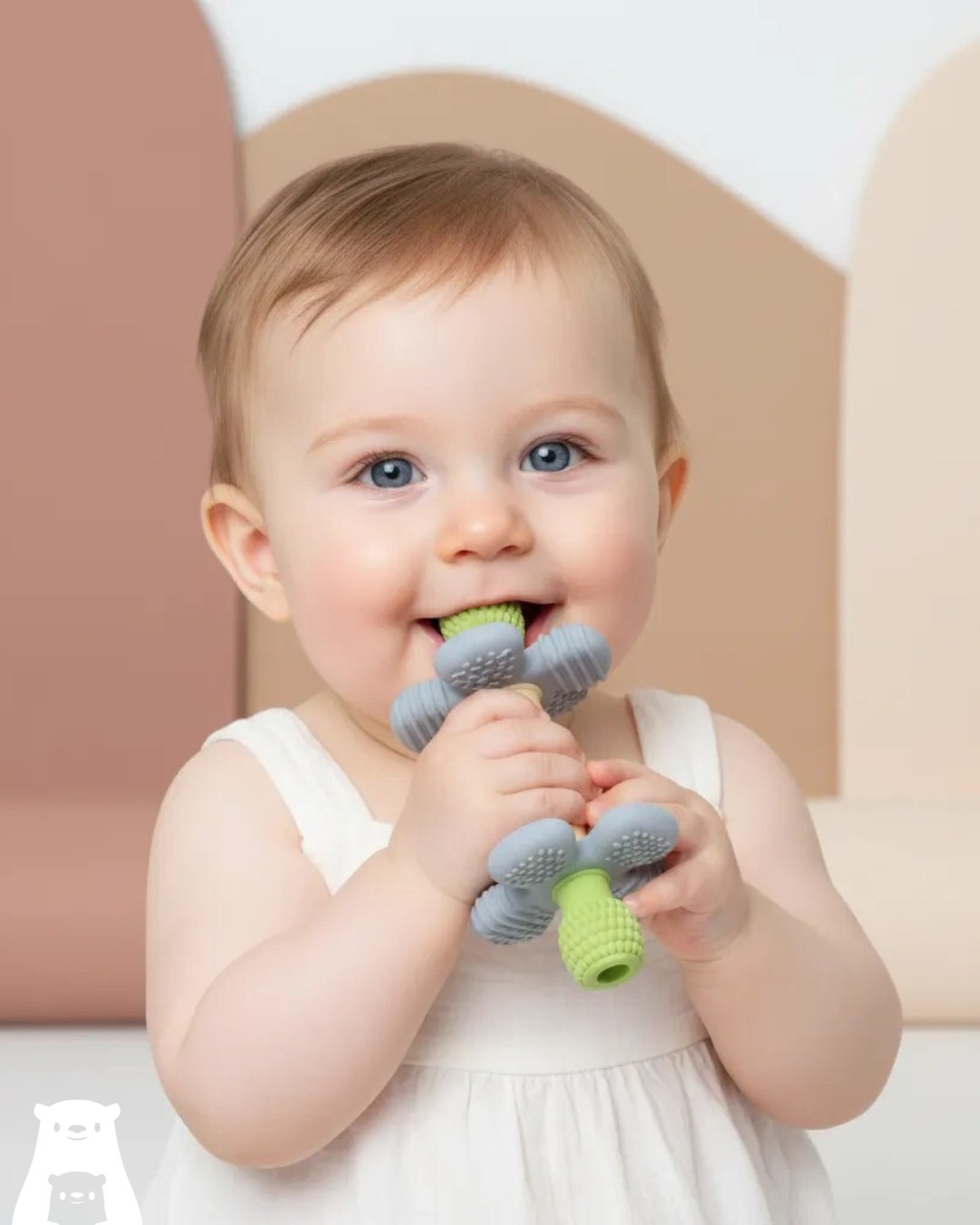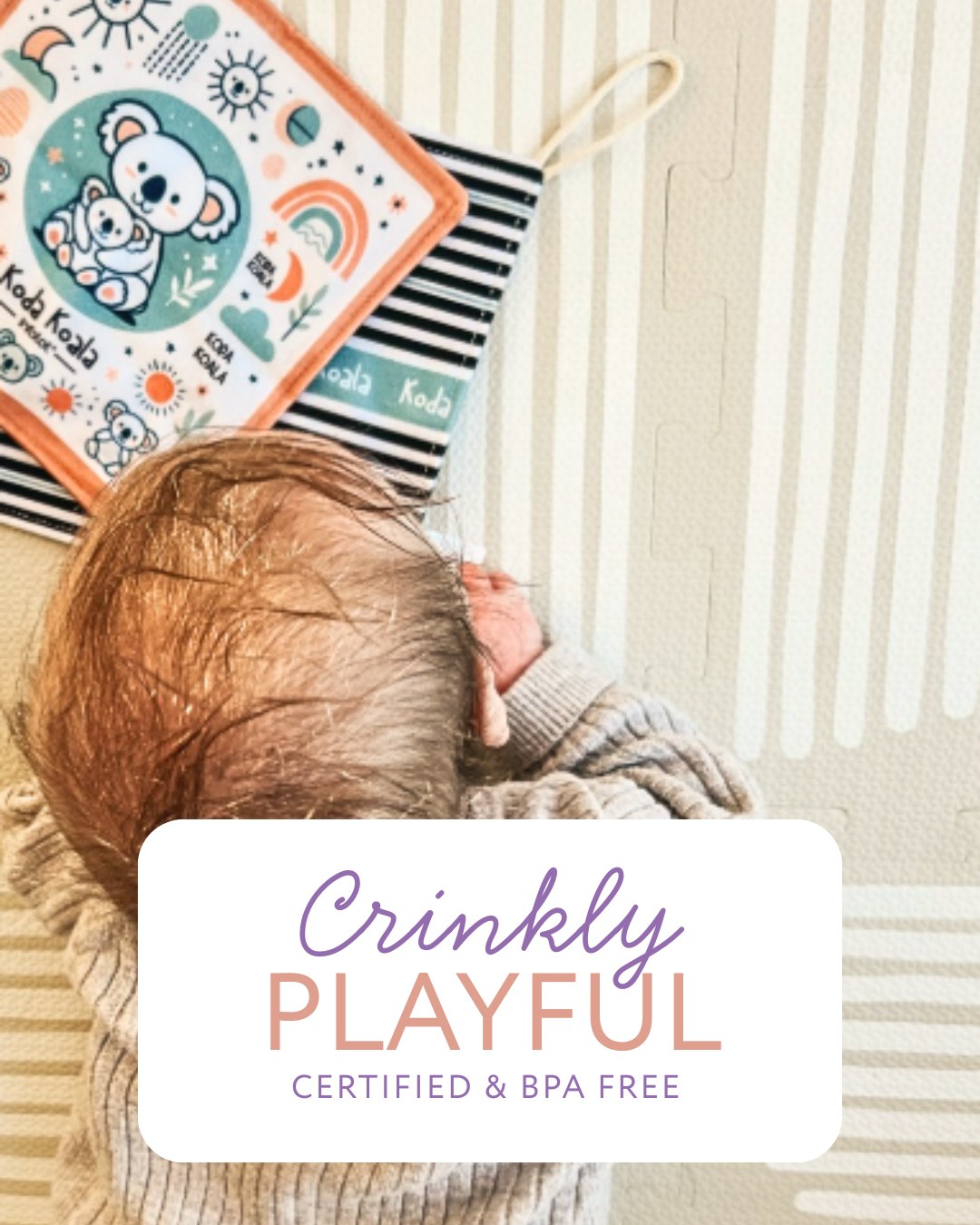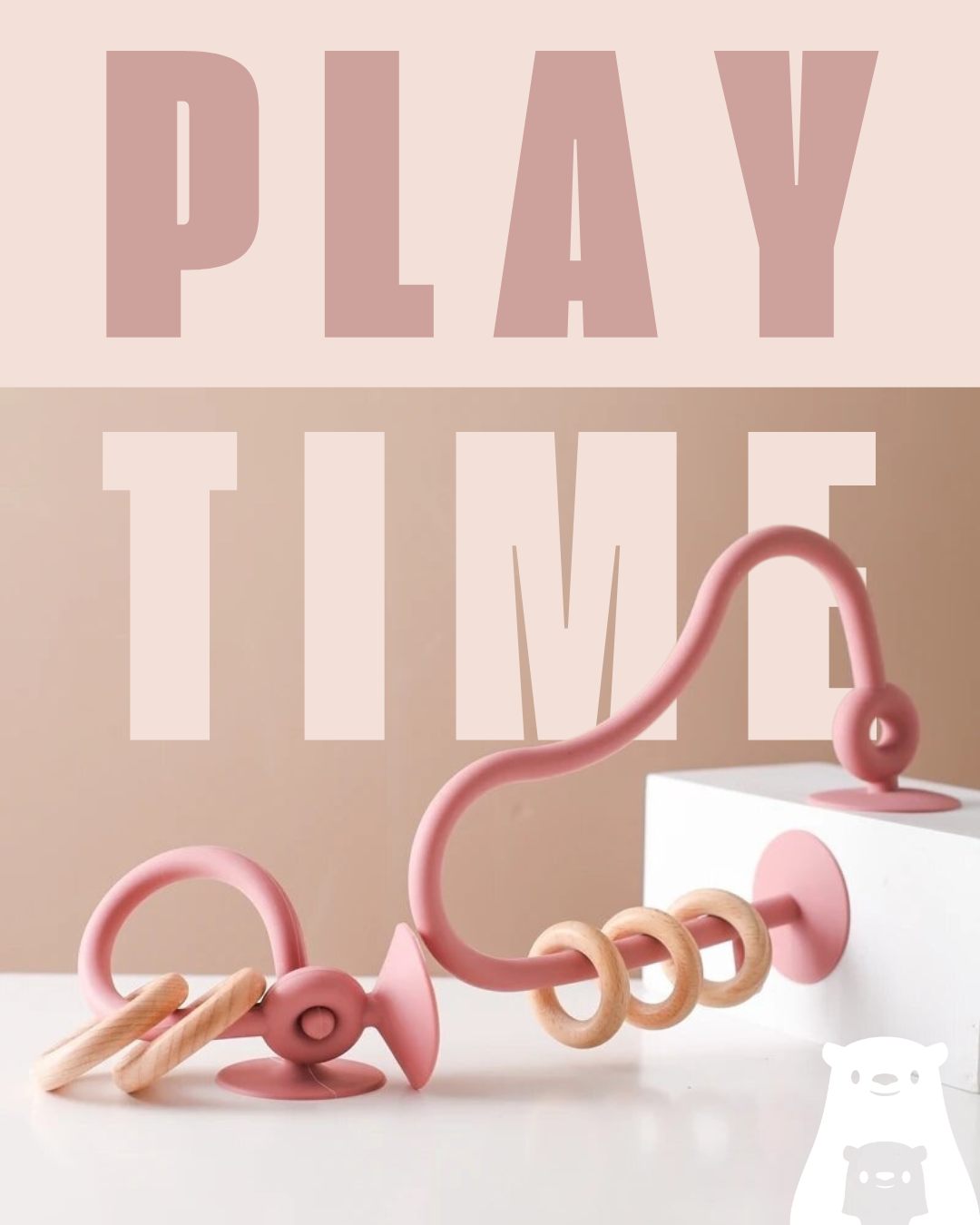Blog

As a new parent, you’ll quickly become an expert in changing nappies. This essential task is something that you’ll be doing many times a day, and getting it right can make all the difference to your baby’s health and comfort. Here’s our comprehensive guide to changing your baby’s nappy.
What You’ll Need
Before you get started, make sure you have all the necessary supplies at hand:
- Nappies: Depending on your baby’s age and weight, you’ll need to choose the appropriate size of nappies.
- Baby wipes: Use baby wipes to clean your baby’s skin during nappy changes.
- Nappy rash cream: If your baby is prone to nappy rash, it’s a good idea to have a nappy rash cream on hand.
- Changing mat: Use a changing mat to provide a clean and comfortable surface for your baby during nappy changes.
How to Change Your Baby’s Nappy
-
Prepare a clean, dry surface: Choose a flat and stable surface for your baby’s nappy change. If you’re out and about, you may need to use a portable changing mat.
-
Unfasten the nappy: Gently lift your baby’s legs by the ankles and use one hand to hold their feet. With the other hand, unfasten the dirty nappy tabs and pull the front of the nappy down.
-
Clean your baby: Use baby wipes to clean your baby’s skin. If your baby is a girl, remember to wipe front to back to prevent any bacteria from spreading. If your baby has nappy rash, apply nappy cream at this stage.
-
Lift your baby: Grasp your baby’s ankles with one hand and lift their bottom off the changing mat. Use the other hand to slide the dirty nappy out from under them.
-
Put on a clean nappy: Slide the clean nappy under your baby, with the back of the nappy aligned with their waistline. Bring the front of the nappy up and fasten the tabs on both sides, making sure it’s snug but not too tight. If your baby is a boy, make sure you point his penis downwards before fastening the nappy.
-
Dress your baby: Once you’ve fastened the nappy, dress your baby in their clothes and dispose of the dirty nappy and wipes in a nappy bag or bin.
Tips for Nappy Changing
- Change your baby’s nappy frequently, at least every two to three hours, or as soon as it becomes dirty or wet.
- Always have a spare nappy and wipes in your changing bag in case of emergencies.
- Never leave your baby unattended on a changing mat or surface, even for a moment.
- Be gentle when wiping your baby’s skin to avoid irritation or discomfort.
- If you notice any signs of nappy rash, change your baby’s nappy more frequently and apply nappy cream to help soothe the skin.
Understanding Nappy Sizes
Before you begin changing your baby’s nappy, it’s important to understand nappy sizes. Nappies come in various sizes to fit babies of different ages and weights, and choosing the right size is crucial for your baby’s comfort and wellbeing.
Newborn nappies: Newborn nappies are designed for babies who weigh up to 10 pounds. These nappies are smaller in size and have a cut-out section for the umbilical cord stump.
Size 1 nappies: Size 1 nappies are suitable for babies who weigh between 4 and 11 pounds. These nappies are slightly larger than newborn nappies and don’t have the cut-out section.
Size 2 nappies: Size 2 nappies are suitable for babies who weigh between 7 and 18 pounds. These nappies are larger in size than size 1 nappies and have a more absorbent core.
Size 3 nappies: Size 3 nappies are suitable for babies who weigh between 11 and 20 pounds. These nappies are even larger than size 2 nappies and have extra absorbency.
Size 4 nappies: Size 4 nappies are suitable for babies who weigh between 15 and 35 pounds. These nappies are larger in size than size 3 nappies and have the most absorbency.
It’s important to choose the right size of nappy for your baby to ensure a good fit and to prevent leaks. You may need to try a few different brands and sizes to find the one that works best for your baby.
Dealing with Nappy Rash
Nappy rash is a common skin irritation that can cause discomfort and redness in your baby’s nappy area. It’s usually caused by prolonged exposure to moisture and can be aggravated by friction from nappies. Here are some tips to help prevent and treat nappy rash:
- Change your baby’s nappy frequently, at least every two to three hours, or as soon as it becomes dirty or wet.
- Use a nappy rash cream to create a protective barrier between your baby’s skin and the nappy. Look for a cream that contains zinc oxide or petroleum jelly, which can help soothe the skin and prevent moisture from building up.
- Let your baby’s skin air out whenever possible. If it’s warm enough, you can let your baby lie on a towel without a nappy for a few minutes.
- Use cotton nappies or nappy liners to help keep your baby’s skin dry. Avoid using plastic pants or tight-fitting nappies that can trap moisture against your baby’s skin.
- Wash your hands thoroughly before and after changing your baby’s nappy to avoid spreading any germs or bacteria.
If your baby’s nappy rash doesn’t improve or becomes worse, talk to your healthcare provider. They may prescribe a medicated cream or ointment to help treat the rash.
In conclusion, changing your baby’s nappy is an essential task that you’ll become very familiar with as a new parent. By following these tips and guidelines, you can ensure your baby’s comfort and wellbeing during nappy changes. Remember to always have the necessary supplies on hand, choose the right size of nappy for your baby, and take steps to prevent and treat nappy rash. With a little practice and patience, you’ll soon become an expert in nappy changing!
Top rated products
-
 Infatot Plagiocephaly
Infatot Plagiocephaly
Flat Head PillowRated 5.00 out of 5£19.99 -
 Fruit Feeder & Tray Set
Rated 4.91 out of 5£14.99
Fruit Feeder & Tray Set
Rated 4.91 out of 5£14.99 -
 Koda Koala Bitey Pair
Rated 4.87 out of 5£7.99
Koda Koala Bitey Pair
Rated 4.87 out of 5£7.99 -
 Koda Koala Crinkle Sheets
Rated 4.87 out of 5£7.99
Koda Koala Crinkle Sheets
Rated 4.87 out of 5£7.99
















